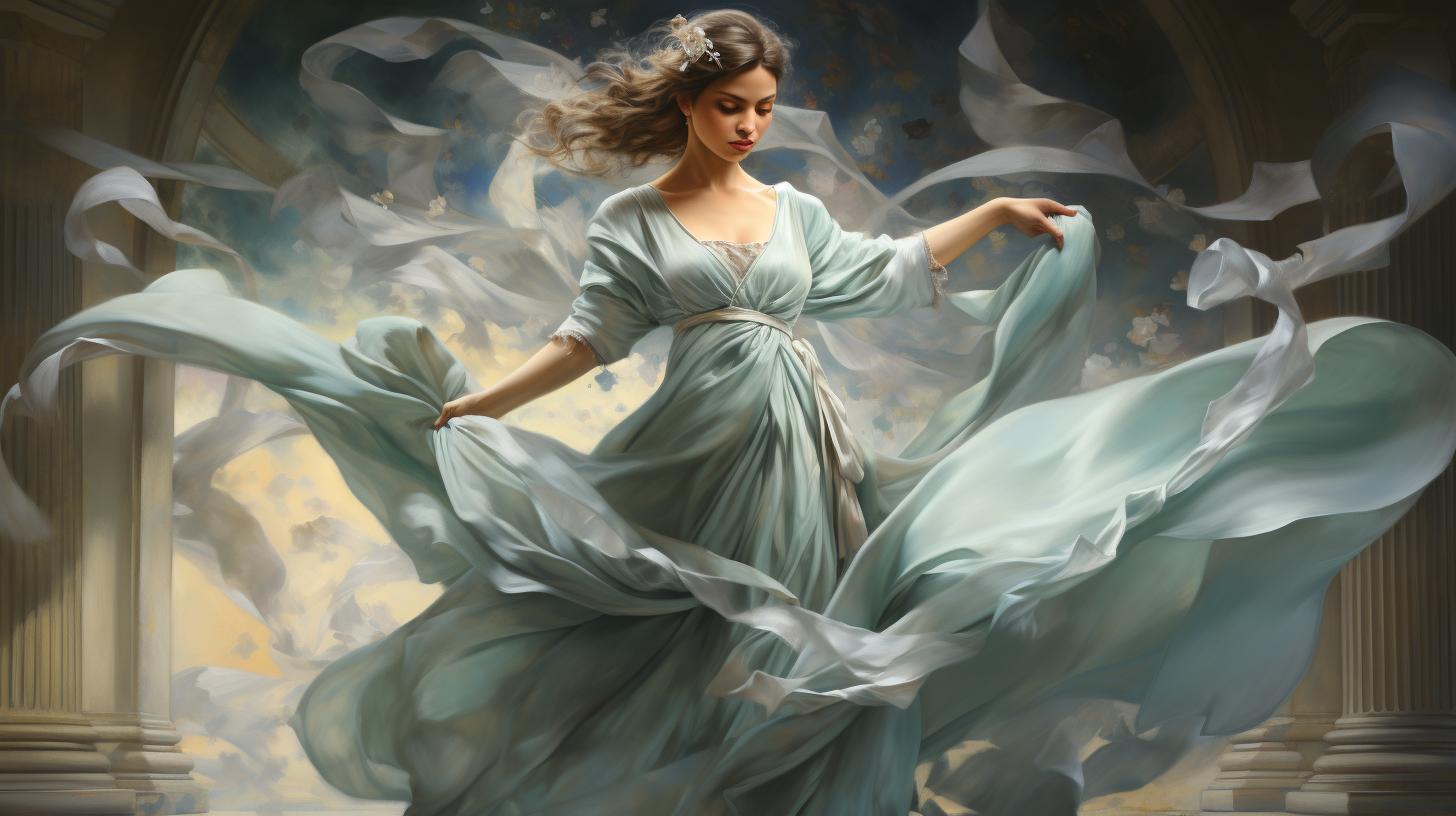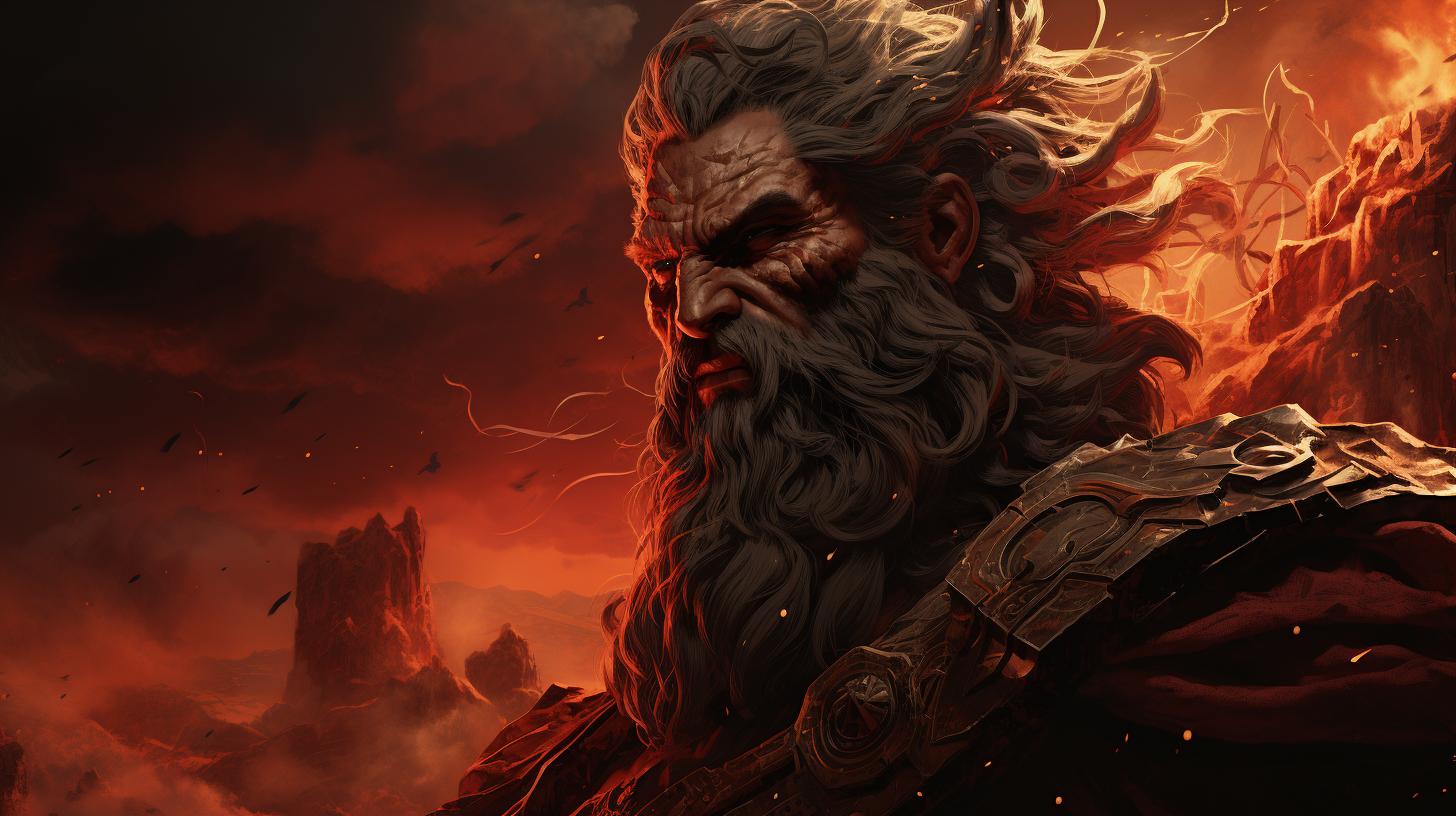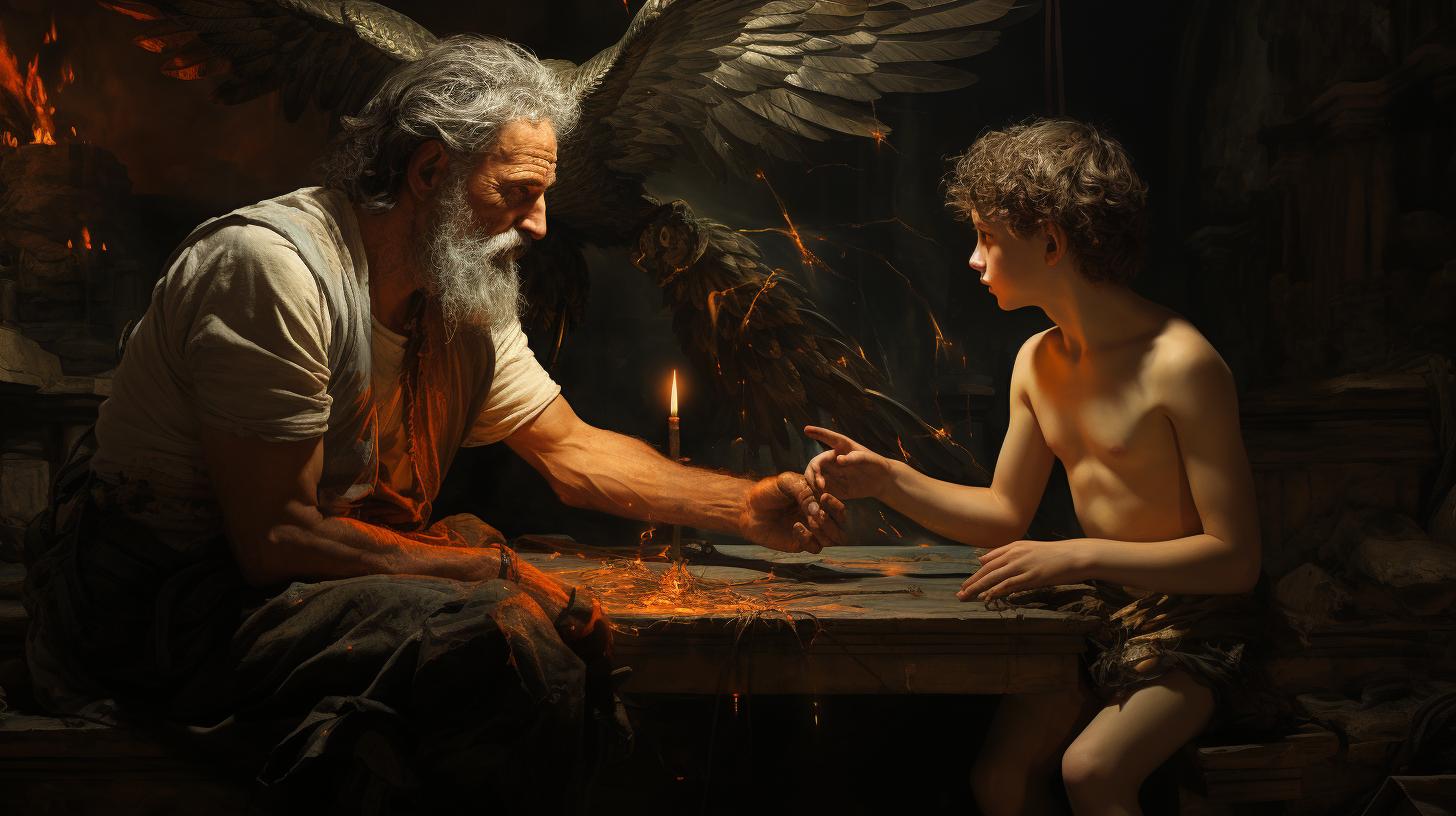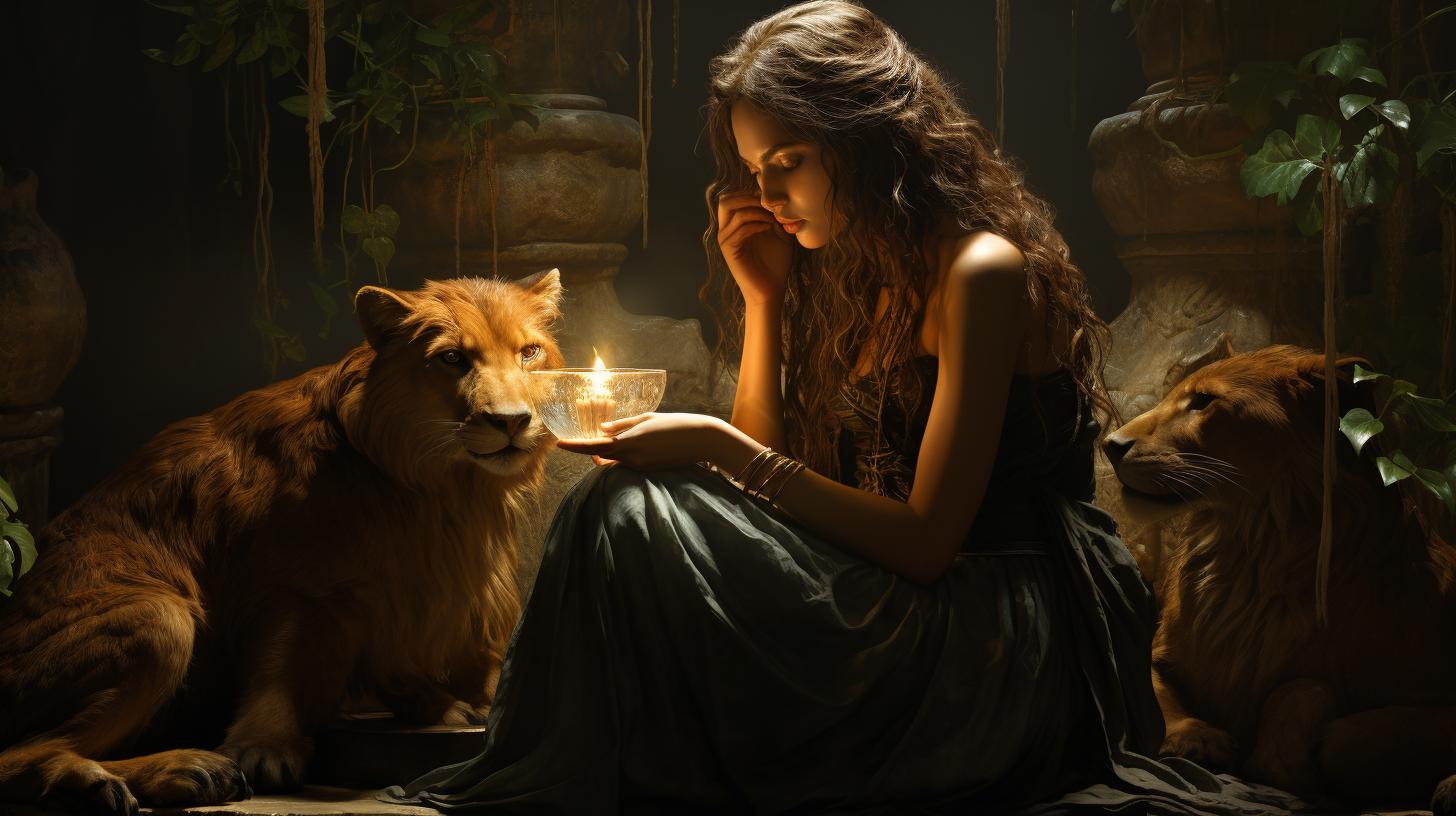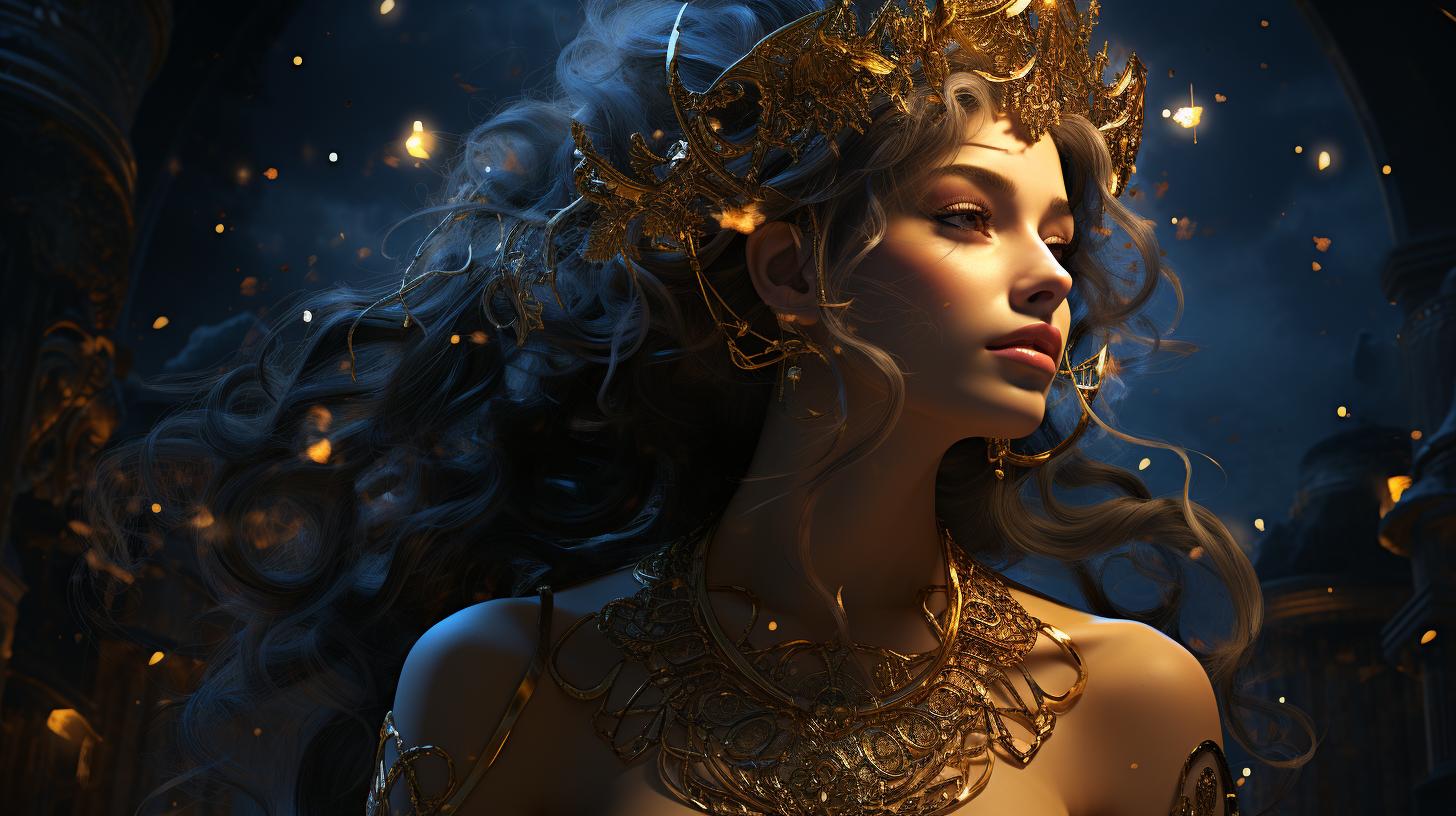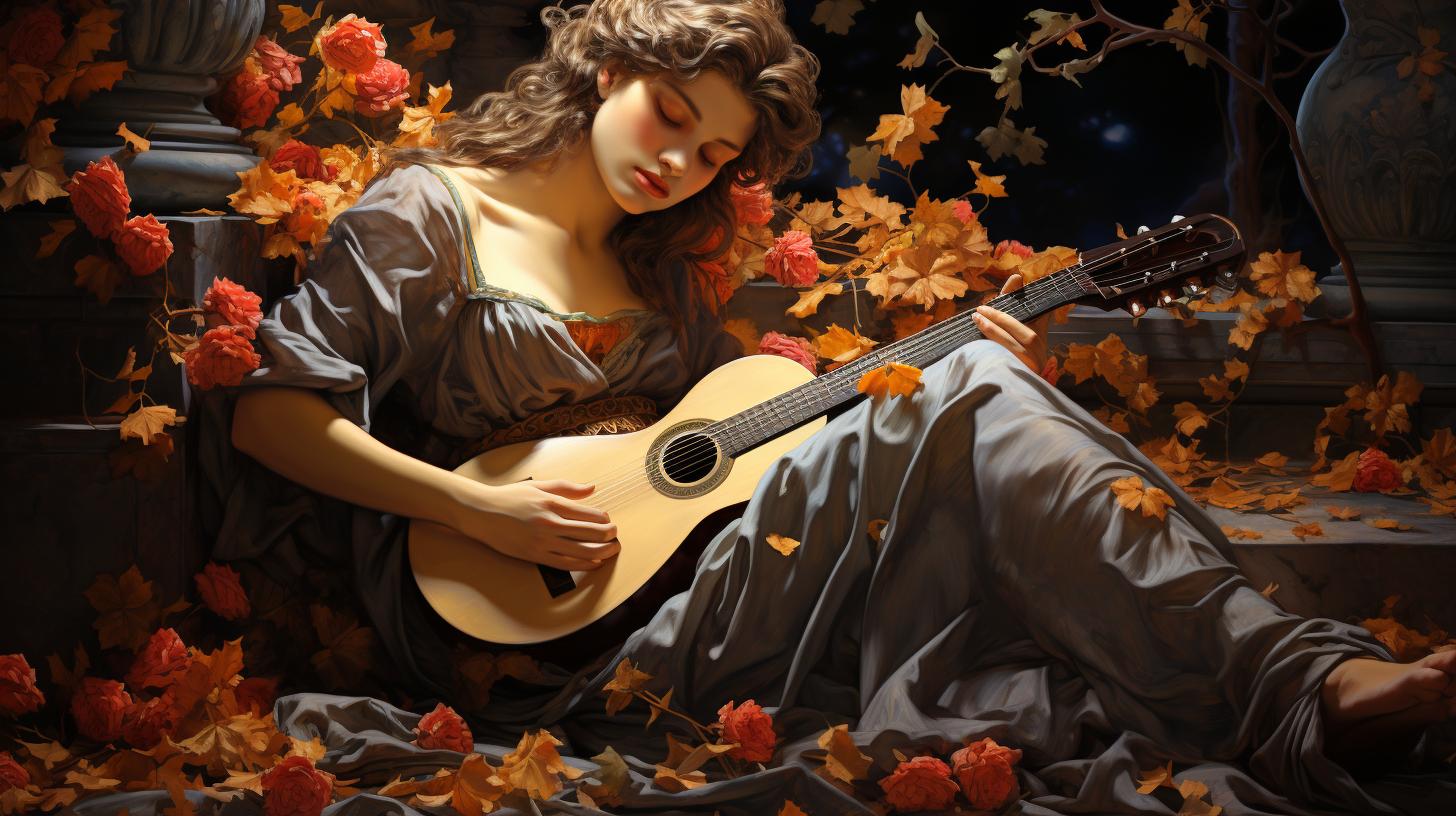Exploring the Role of Terpsichore as the Greek Goddess of Dance and Chorus
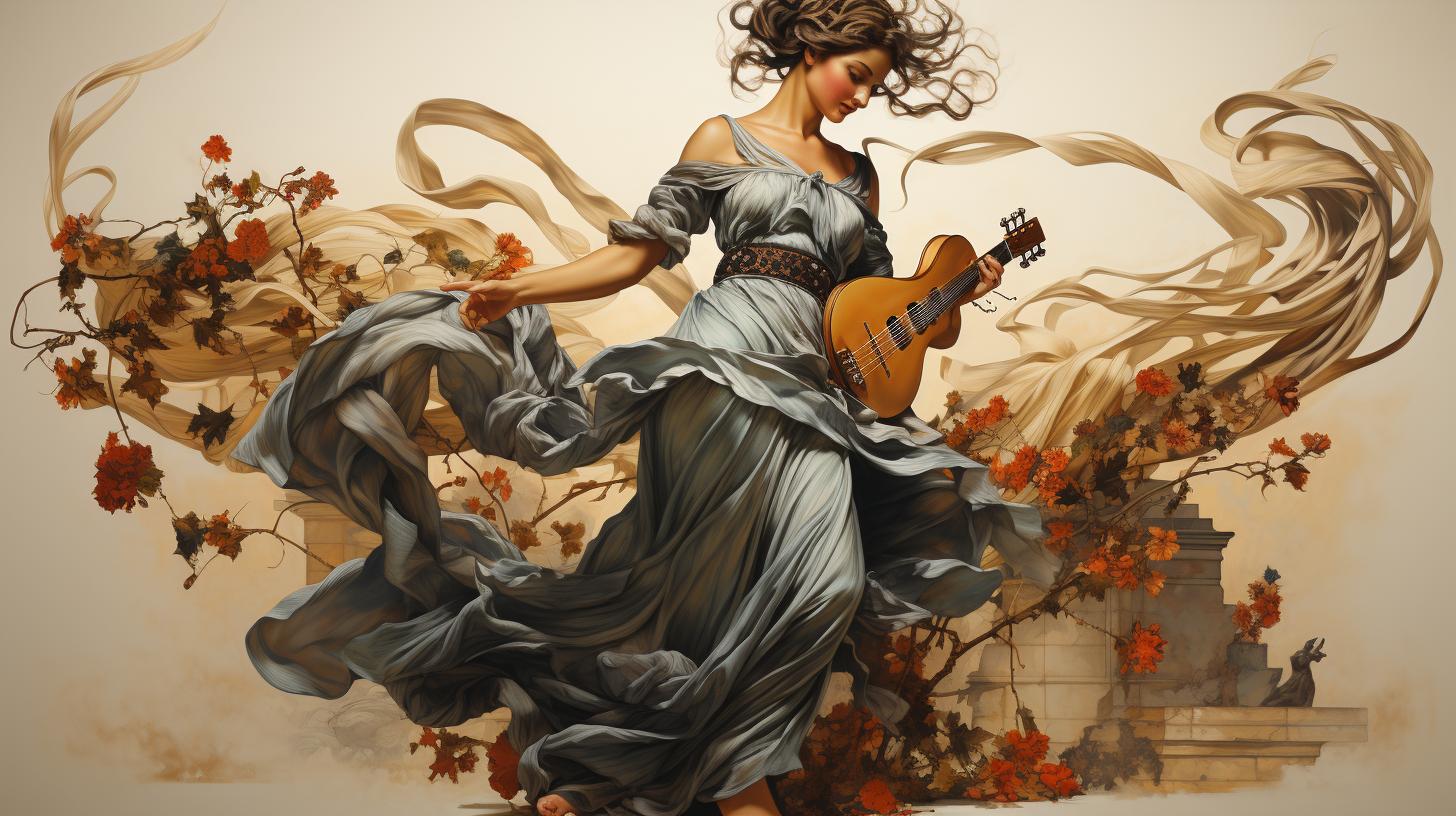
Terpsichore, one of the nine muses in Greek mythology, is known as the goddess of dance and chorus. She is associated with music, particularly playing the lyre for a chorus.
She is also believed to be the mother of the Sirens, mythological creatures who lured sailors with their music and singing. Terpsichore’s role extends beyond dance, encompassing choral music as well.
Today, her name is used metaphorically to represent rhythm and orderly movement in the universe. Terpsichore’s influence is seen not only in human dance but also in the coordinated movements of animals and birds.
Terpsichore and the Nine Muses
The muses hold a significant place in Greek mythology, and Terpsichore is among the renowned nine. Understanding Terpsichore’s role requires delving into the broader context of the muses’ origins and spheres of influence.
The Divine Family Tree: Zeus and Mnemosyne
The lineage of the muses begins with their parentage. Zeus, the king of the gods, had a connection with Mnemosyne, the personification of memory. Together, they became the progenitors of the muses, with each muse representing a particular artistic or literary domain.
The Nine Muses and their Spheres of Influence
Just as Terpsichore holds sway over dance and chorus, each muse has her distinct sphere. Calliope is the muse of epic poetry, Clio of history, Euterpe of music, Erato of love poetry, Melpomene of tragedy, Polyhymnia of sacred poetry, Thalia of comedy, and Urania of astronomy.
Collectively, they cover a wide range of creative and intellectual pursuits.
Terpsichore’s Unique Role among the Muses
Among the muses, Terpsichore stands out as the muse of dance and chorus. She embodies the joy and grace found in movement and is often depicted playing a lyre for a chorus.
Terpsichore’s affiliation with dance holds deep significance in Greek culture, especially in religious ceremonies and celebrations.
Terpsichore as the Goddess of Dance and Chorus
Terpsichore holds a significant role as the goddess of dance and chorus in Greek mythology. Her association with dance goes beyond mere movement, encapsulating the essence of rhythm, grace, and artistic expression.
The Connection between Terpsichore and Dance
Terpsichore’s connection with dance is profound, as she embodies the joy and ecstasy found in the art form. Dancers would invoke her name, seeking inspiration and guidance for their performances. Through her divine presence, Terpsichore infuses dance with beauty, elegance, and a spiritual energy that transcends the physical realm.
Terpsichore’s Influence on Music and Choral Performances
Not limited to dance alone, Terpsichore also holds sway over music and choral performances. As the muse of the chorus, she inspires harmonious melodies and rhythmic enchantment. It is said that the very act of singing and creating music was, in a sense, a form of dance, as the body and voice became one in coordinated movement under Terpsichore’s influence.
Terpsichorean Influence in Ancient Greek Religious Practices
The divine connection between Terpsichore and dance extended to ancient Greek religious practices. Dance was an integral part of religious ceremonies, serving as a medium to connect with the gods and express devotion.
Terpsichore, as the goddess of dance, played a crucial role in this regard, overseeing the sacred dances performed in temples and during various rituals.
Through her divine presence and influence, Terpsichore elevated dance and music to a spiritual level, bringing people closer to the gods and fostering a deeper sense of connection and reverence.
Terpsichore and the Sirens
Terpsichore’s connection to the Sirens in Greek mythology highlights her role as the mother of these mythical creatures. The Sirens, known for their captivating music and irresistible songs, lured sailors to their doom with their enchanting melodies.
Terpsichore’s influence in the Siren mythology extends beyond her maternity, shaping both the allure of the Sirens’ music and her role within their narrative.
The Maternity of the Sirens: Terpsichore’s Offspring
In Greek myth, Terpsichore is believed to be the mother of the Sirens.
These alluring creatures were said to be born from her union with either the river god Achelous or the god of the sea, Phorcys. Terpsichore’s connection to the Sirens as their mother emphasizes her position as a divine figure associated with music and seduction.
The Sirens’ Music and its Allurement to Sailors
The captivating music of the Sirens was renowned for its ability to entice and ensnare sailors. According to legend, their mesmerizing voices and melodies would lure unsuspecting sailors towards dangerous rocky shores, leading to their shipwreck and demise.
Terpsichore’s influence can be seen in the irresistible allure of the Sirens’ music, as she passed down her musical prowess to her offspring.
Terpsichore’s Role in the Siren Mythology
Terpsichore’s role in the Siren mythology goes beyond her maternity. As a divine figure associated with music and dance, she plays a significant part in shaping the narrative of the Sirens.
Her connection to these enchanting creatures emphasizes the transformative power of music and highlights the intertwining nature of dance, seduction, and the allure of the Sirens’ songs. Terpsichore’s influence in this aspect of Greek myth showcases the profound impact she had on ancient storytelling and the portrayal of musical enchantment.
Terpsichore in Art and Symbolism
Terpsichore, the Greek goddess of dance and chorus, has been depicted in various artworks throughout Greek and Roman history. These depictions serve as a testament to her significance and influence in the realm of art and symbolism.
Depictions of Terpsichore in Greek and Roman Art
In Greek and Roman art, Terpsichore is often portrayed in graceful poses, highlighting her association with dance. She is depicted wearing flowing robes, her body captured in elegant movements that convey a sense of rhythm and harmony.
Sculptures and paintings of Terpsichore showcase her divine beauty and grace, capturing the essence of dance in their artistic representation.
Terpsichore’s Musical Instruments and Attributes
As the goddess of dance and chorus, Terpsichore is often depicted with musical instruments and attributes associated with her domain. One of the most commonly featured instruments is the lyre, symbolizing the harmony and melody of music.
Terpsichore is also sometimes shown holding a plectrum, a small tool used to pluck the strings of the lyre. These depictions emphasize her connection to music and highlight the integral role it plays in dance and choral performances.
Terpsichorean Symbolism in Contemporary Understanding
Even in contemporary understanding, the symbolism of Terpsichore and her influence in the arts remains significant. Her representation in art continues to inspire dancers, artists, and performers, serving as a reminder of the power and beauty of dance.
Terpsichore’s image and attributes are often used to evoke a sense of grace, rhythm, and artistic expression. Her symbolism resonates with those who appreciate the art form, transcending time and cultural boundaries.
Terpsichore’s Influence beyond Dance
Terpsichore’s significance reaches far beyond the realm of dance, extending into cosmic and natural movements, animal and bird behavior, as well as leaving a lasting legacy in modern dance and music.
Terpsichore’s Significance in Cosmic and Natural Movements
Terpsichore’s association with rhythm and orderly movement finds expression in the cosmic and natural world. The rhythmic motions of planets and the oscillations of mechanical and electromagnetic systems can be considered terpsichorean.
This concept highlights the interconnectedness of dance and movement in both human and universal contexts.
Terpsichorean Elements in Animal and Bird Behavior
The coordinated movements of animals and birds often exhibit a dance-like quality, reminiscent of Terpsichore’s influence. From the graceful flight patterns of birds to the synchronized movements of schools of fish, these behaviors capture the essence of dance in the animal kingdom.
Terpsichore’s legacy extends to the natural world, bridging the gap between human artistry and the innate rhythms of nature.
Terpsichore’s Legacy in Modern Dance and Music
Terpsichore’s inspiration continues to shape the world of dance and music today. Her name acts as a symbol for rhythm, grace, and creativity in various dance forms, including ballet, contemporary, and jazz.
Additionally, her influence can be felt in the rhythmic structures and harmonies within musical compositions. Terpsichore’s legacy serves as a testament to the enduring power and relevance of dance and music as expressive art forms.
- Terpsichore’s association with rhythm and movement expands beyond dance
- Cosmic and natural movements reflect the terpsichorean concept of orderly motion
- Animal and bird behaviors exhibit dance-like qualities influenced by Terpsichore
- Modern dance and music carry on Terpsichore’s legacy of rhythm and grace
.

